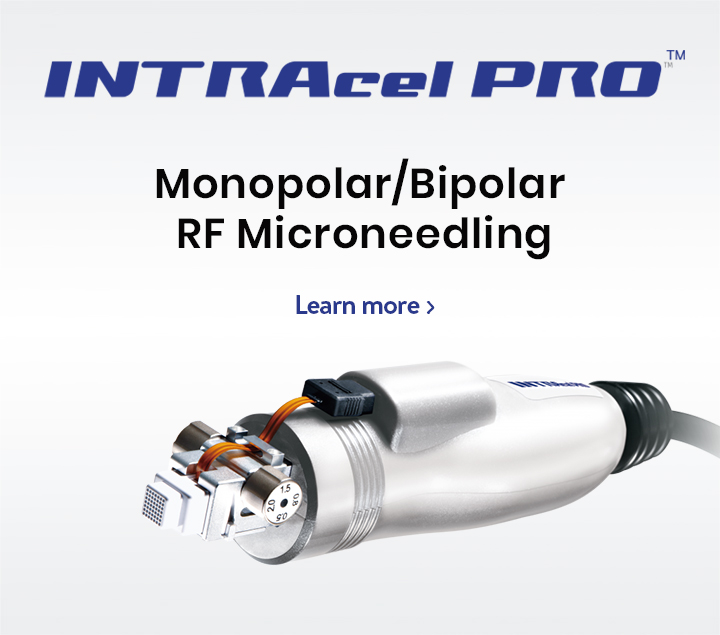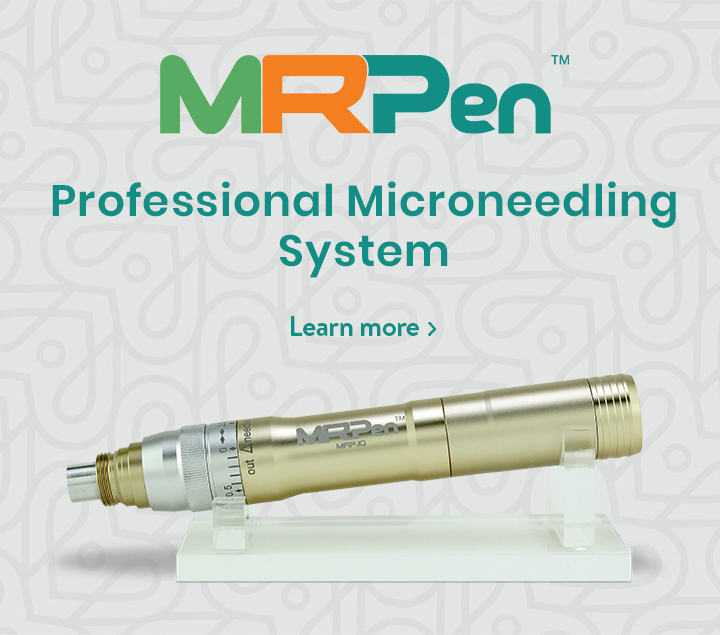Tattoo removal is a popular cosmetic procedure that uses lasers to break down the ink particles in the skin. While there are several types of lasers available for tattoo removal, two of the most commonly used are picosecond lasers and Q-switched lasers. In this post, we will discuss the differences between these two types of lasers and their effectiveness in removing tattoos.
Picosecond Lasers:
Picosecond lasers are a relatively new technology for tattoo and pigment removal that has gained popularity in recent years. These lasers emit pulses of light that are measured in picoseconds, which is a trillionth of a second. The rapid pulse rate of picosecond lasers is designed to shatter the ink particles in the skin into much smaller fragments than Q-switched lasers. These smaller fragments are more easily eliminated by the body's natural process, resulting in faster and more efficient tattoo removal with less downtime. One of the main advantages of picosecond lasers is their ability to remove tattoos of different colors, including stubborn pigments like green and blue.
Q-Switched Lasers:
Q-switched lasers have been used for tattoo removal for several decades and are still a popular choice for many patients. These lasers emit short high-intensity pulses of light that are measured in nanoseconds, which is a billionth of a second. Unlike picosecond lasers, Q-switched lasers break down the ink particles in the skin through a photothermal effect. This means that the laser heats up the ink particles, causing them to fracture into smaller pieces that can be removed by the body's natural process. Q-switched lasers are particularly effective at removing dark pigments, such as black and blue, and are less effective at removing lighter colors like green and yellow.
Which Technology is Better?
The choice between picosecond and Q-switched lasers for tattoo removal depends on several factors, including the type and color of the tattoo, the patient's skin type, and the patient's individual preferences. Although some argue that picosecond lasers are superior to nanosecond lasers, both methods are effective at removing tattoos. Picosecond lasers offer faster results with greater clarity in fewer treatments; however, they may also come with a higher price tag compared to nanosecond laser devices. Q-switched lasers are still an excellent option for most types of tattoos and pigmented lesions. Studies have shown that the differences in side effects are negligible between the two methods. It is crucial to evaluate various factors before deciding on the purchase or upgrade of a laser system. Whether one opts for a reliable Q-switch nanosecond laser or a modern picosecond laser, both options deliver remarkable outcomes that satisfy clients and boost revenue.



